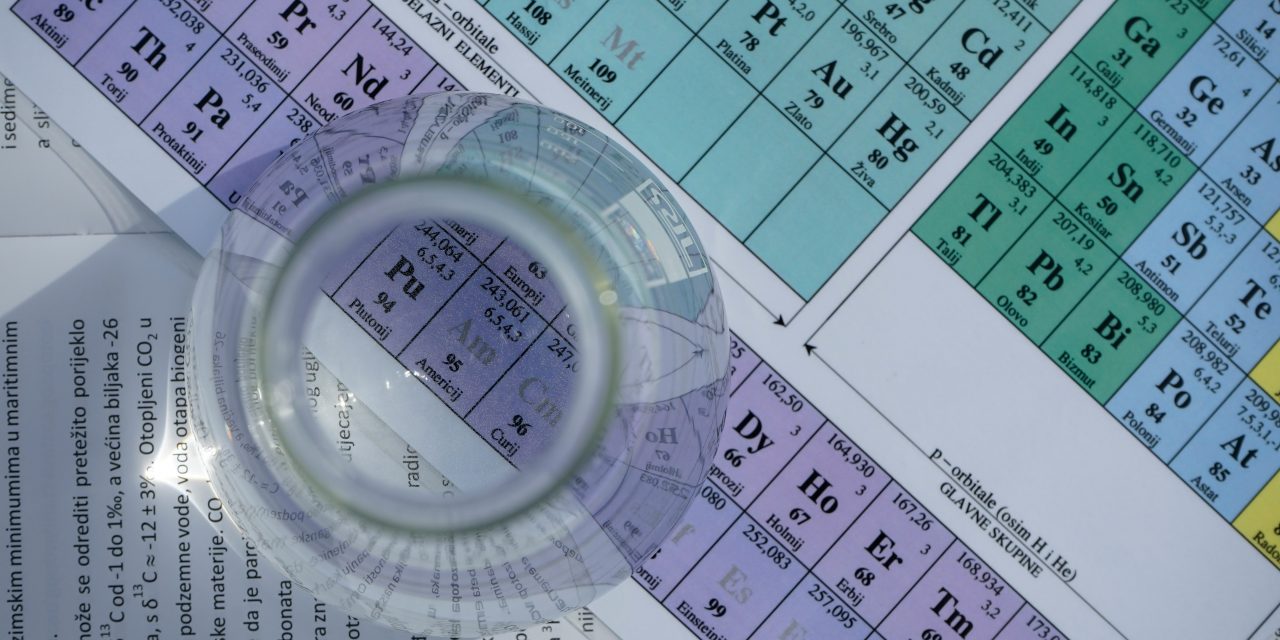The periodic table is one of the most iconic tools in science, serving as a comprehensive map of the elements and their properties. Teaching it effectively can be challenging, but with innovative lesson plans, educators can make the periodic table an engaging and memorable part of the chemistry curriculum. Here are creative ideas to help bring the periodic table to life in your classroom.
1. Introduce the Periodic Table as a Puzzle
Begin by explaining how Dmitri Mendeleev organized the periodic table like a puzzle, predicting the properties of undiscovered elements. Challenge students to organize a scrambled version of the table based on clues about atomic numbers, groups, and periods. This activity highlights the logical structure of the table while sparking curiosity.
2. Create Element Trading Cards
Assign each student an element to research and have them create a “trading card” that includes the element’s name, symbol, atomic number, and interesting facts. Students can then trade cards and share what they’ve learned with their classmates, reinforcing the properties and uses of different elements.
3. Use Songs and Mnemonics
Help students remember element groups and periodic trends with songs or rhymes. For example, there are catchy songs for memorizing the first 20 elements or mnemonic devices for recalling the order of groups. These fun techniques make learning the periodic table more enjoyable and easier to recall.
4. Explore Periodic Trends with Hands-On Activities
Design experiments or demonstrations to illustrate periodic trends like atomic size, electronegativity, and ionization energy. For example, use colored candies or building blocks to visually represent these trends across periods and groups. These tangible examples help students grasp abstract concepts more effectively.
5. Integrate Digital Tools
Leverage interactive periodic table tools and apps to enhance learning. These resources allow students to explore element properties, watch videos about their discovery, and visualize how they are used in real-world applications. Platforms like Key2CHEM also offer interactive lessons and problem sets that tie periodic table concepts to broader chemistry topics.
6. Teach Through Storytelling
Bring the elements to life with stories about their discovery, unique properties, or historical significance. For example, discuss how radium was used in early medical treatments or how silicon transformed technology. These narratives make the periodic table more relatable and engaging for students.
7. Organize a Periodic Table Scavenger Hunt
Set up a scavenger hunt where students must find examples of elements in everyday items. For instance, they could locate aluminum in cans, carbon in pencils, or iron in nails. This activity demonstrates the relevance of the periodic table in daily life and helps students connect chemistry to the real world.
8. Host an Element Fashion Show
Encourage students to “become” an element by designing costumes that represent their assigned element’s properties and uses. They can present their creations in a fashion show, explaining their element’s role in chemistry and its significance in society. This creative activity reinforces learning in a fun and interactive way.
By using these innovative lesson plans, teaching the periodic table can become an exciting and dynamic experience for both teachers and students. Platforms like Key2CHEM can further enhance these lessons with interactive tools and resources, making the periodic table a cornerstone of an engaging chemistry curriculum.

